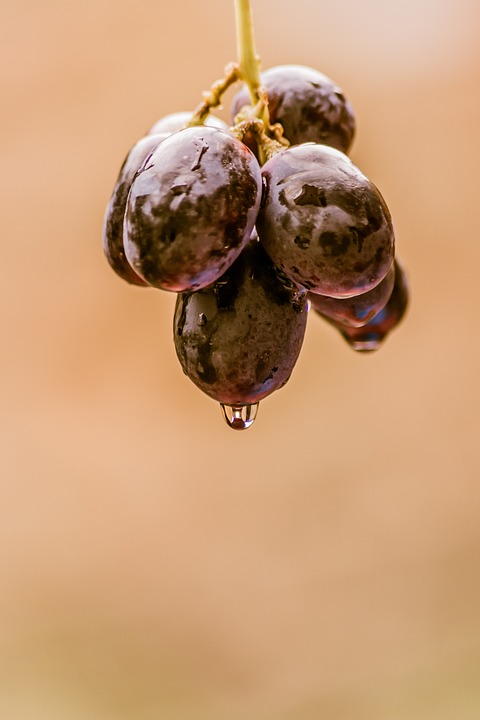Introduction
Winemaking is a complex process that involves multiple steps to create the perfect bottle of wine. One crucial step in the winemaking process is maceration, where the grape skins, seeds, and stems are left in contact with the juice to extract color, flavor, and tannins. Extended maceration is a technique used by winemakers to extract even more color and texture from the grape skins, resulting in a more concentrated and structured wine.
What is Extended Maceration?
Extended maceration is the process of leaving the grape skins, seeds, and stems in contact with the juice for a longer period than traditional maceration. While traditional maceration typically lasts for a few days to a couple of weeks, extended maceration can last anywhere from several weeks to several months. During this time, the wine undergoes further extraction of color, flavor, and tannins from the grape skins, resulting in a more intense and complex wine.
Benefits of Extended Maceration
Extended maceration offers several benefits to winemakers. One of the main advantages is the increased extraction of color from the grape skins. The longer contact time allows for more pigments to be leached from the skins, resulting in a deeper hue in the finished wine. Additionally, extended maceration can also enhance the wine’s texture by extracting more tannins from the grape skins. Tannins contribute to the wine’s structure and mouthfeel, giving it more body and complexity.
Challenges of Extended Maceration
While extended maceration can produce wines with more color and texture, it also presents some challenges for winemakers. One of the main challenges is the risk of over-extraction, where the wine becomes too tannic or bitter. To avoid this, winemakers must carefully monitor the wine during extended maceration and taste it regularly to determine the optimal extraction level. Additionally, extended maceration requires more time and resources, as the wine must be monitored and managed for a longer period than traditional maceration.
How Winemakers Use Extended Maceration
Winemakers use extended maceration to extract color and texture in a controlled and precise manner. The process begins with selecting the grapes and crushing them to release the juice. The grape skins, seeds, and stems are then added to the juice in a fermentation vessel, where they remain in contact for an extended period. During this time, the winemaker may perform punch-downs or pump-overs to ensure that the skins are fully submerged in the juice and to facilitate extraction.
Monitoring and Managing Extended Maceration
Throughout the extended maceration process, winemakers must closely monitor the wine to ensure proper extraction levels. They may use analytical tools such as spectrophotometers to measure color intensity and tannin levels. Additionally, winemakers rely on their sensory evaluation skills to taste the wine and assess its progress. By monitoring and managing the extended maceration process, winemakers can achieve the desired color and texture profile in the finished wine.
Industry Insights
Extended maceration is a technique commonly used in the production of red wines, particularly those with high tannin levels such as Cabernet Sauvignon and Syrah. Wineries around the world, from small boutique producers to large commercial operations, employ extended maceration to create wines with depth and complexity. The use of extended maceration can also vary depending on the winemaker’s stylistic preferences and the desired characteristics of the wine.
Financial Data
The cost of implementing extended maceration in winemaking can vary depending on the scale of production and the equipment used. Small wineries may invest in traditional fermentation vessels and manual labor to manage extended maceration, while larger wineries may use automated systems and specialized equipment. The cost of extended maceration can also be influenced by factors such as grape quality, labor costs, and storage space requirements.
Overall, extended maceration is a valuable tool for winemakers looking to create wines with deep color and rich texture. By carefully monitoring and managing the process, winemakers can achieve the desired balance of color, flavor, and tannins in their wines. While extended maceration presents some challenges, the benefits of producing wines with enhanced complexity and structure make it a worthwhile technique for winemakers striving for excellence in winemaking.




